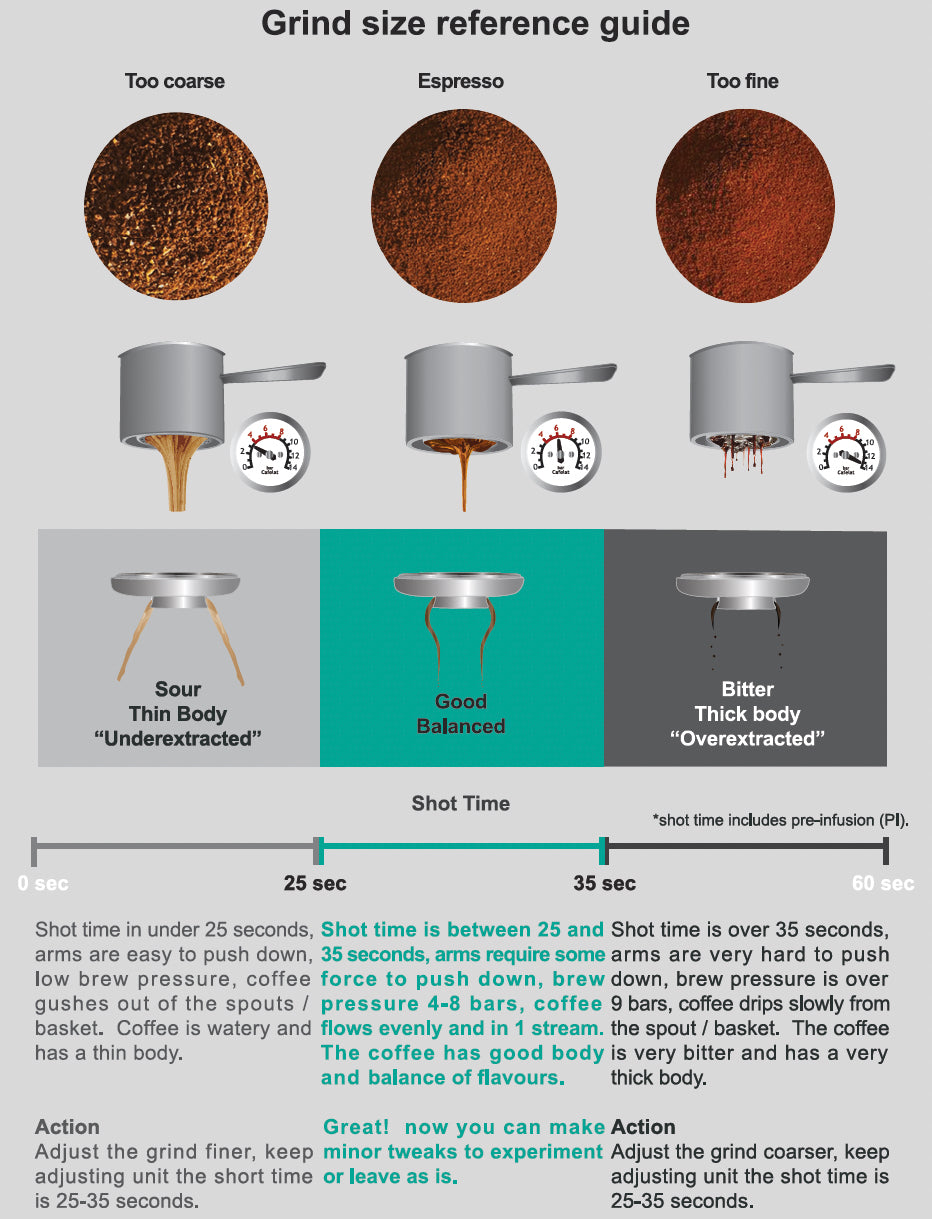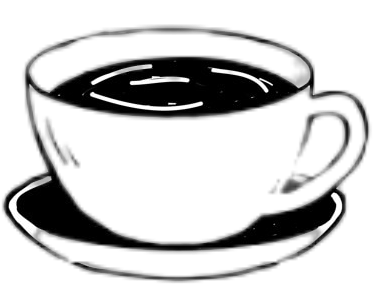For any home barista, learning how to perfectly time espresso extraction is one of the most rewarding aspects of the craft. When I first embarked on my espresso journey, I found it overwhelming. There’s so much to consider: timing, grind size, the espresso machine, and of course, the coffee itself. But once I started understanding the intricate relationships between these factors, I realized that mastering timing was the key to unlocking the perfect espresso shot. Dive into the features and performance in our DeLonghi Magnifica Evo review
In this guide, I’ll share everything I’ve learned about the importance of timing in espresso extraction, how to approach it, and the techniques that have helped me refine my shots. Learn why this classic model stands out in our DeLonghi Magnifica S review

Why Proper Timing is Essential in Espresso Extraction
Timing plays a pivotal role in espresso extraction. It’s not just about when you start the timer or how long the shot pulls; it’s about controlling how much flavor is extracted from the coffee grounds. When I first started, I made the mistake of thinking that as long as the machine was working, the coffee would come out well. But the truth is, timing directly impacts the flavor, aroma, and texture of your espresso. Discover the convenience and technology in our Philips LatteGo 5400 review
If the shot extracts too quickly, it results in under-extraction. Under-extracted espresso tends to be sour, thin, and lacks depth. On the flip side, if the extraction takes too long, over-extraction occurs. Over-extracted shots are often bitter, dry, and unpleasant to drink. Getting the timing just right ensures that you pull the perfect shot—balanced, rich, and full of flavor. Explore the compact design and features in our Philips 3200 LatteGo review
The Impact of Timing on Espresso Quality
Think of timing as the conductor of an orchestra. Each element of your espresso-making process (grind size, tamping, pressure, etc.) is an instrument, and timing brings them all into harmony. This is why I became so passionate about perfecting my timing: it directly affects how the coffee’s natural flavors develop and balance in the cup. Get all the details on versatility and functionality in our Philips 4300 LatteGo review
Approaches to Espresso Extraction Timing
There are various ways to time espresso extraction, and it’s all about finding the method that works best for you. In my experience, there are two primary approaches:
1. Timing from the Moment the Pump Starts
This is a common method where you start the timer the moment you press the espresso button, which includes the pre-infusion phase. I prefer this method because it takes into account the time your espresso machine spends moistening the coffee grounds before applying full pressure. Pre-infusion is vital for achieving a uniform extraction, and timing from this moment gives me more consistent results.
2. Timing from the First Drip
Some baristas prefer to start their timer when they see the first drip of espresso come out of the portafilter. This method excludes the pre-infusion phase, but can still be useful for those who want to focus purely on the extraction. I’ve tried this method, but I find that it can sometimes give less consistent results, as the pre-infusion phase can be a key factor in producing a balanced shot.
For me, the most accurate results come from timing the shot from the moment I press the espresso button.
Finding the Ideal Extraction Time
Through countless trials, I’ve discovered that a balanced espresso shot generally falls within the 25 to 35-second range. Of course, this can vary depending on the type of coffee you’re using, the grind size, and even the espresso machine, but I’ve found that 30 seconds is usually the sweet spot for a well-balanced shot.
Why 25 to 35 Seconds?
- Under 25 Seconds: If your shot pulls in under 25 seconds, the espresso is likely under-extracted. This means it hasn’t had enough time to release all the complex flavors from the coffee grounds, leading to a sour or weak flavor profile.
- Over 35 Seconds: If your shot extends beyond 35 seconds, it can become over-extracted. This results in bitterness, dryness, and an unpleasant aftertaste as the machine begins to draw out undesirable compounds from the coffee.
The 30-Second Sweet Spot
After experimenting with different extraction times, I’ve found that around 30 seconds is generally ideal for most espresso shots. It gives the coffee enough time to extract the full range of flavors while avoiding over-extraction. However, this isn’t a hard-and-fast rule, and I always rely on taste to confirm the shot’s quality.
Adjusting Grind Size to Fine-Tune Timing
One of the most powerful tools for controlling espresso extraction time is adjusting the grind size. The grind size determines how quickly water flows through the coffee grounds, which in turn affects extraction time.
- Finer Grind: A finer grind slows down the flow of water, making the shot take longer. If your shot is pulling too quickly (under 25 seconds), it’s a sign that the grind size is too coarse, and you’ll need to adjust to a finer grind.
- Coarser Grind: A coarser grind increases the flow of water, speeding up the extraction. If the shot is taking too long (over 35 seconds), you’ll need to grind coarser to achieve a balanced shot.
Finding Your Ideal Grind Size
Through experimentation, I’ve learned to fine-tune my grind size based on the type of coffee and machine I’m using. Some espresso machines, especially high-end models, are more sensitive to grind size than others. So, I recommend adjusting the grind in small increments and testing the shot until you find the right balance between the grind size and timing.
Let Flavor Be Your Guide
While timing is a critical factor, it’s important to remember that flavor is the ultimate guide to espresso quality. No matter what the timer says, the taste of your espresso should be your primary focus.
In my experience, a perfectly timed shot should exhibit a harmonious balance between sweetness, acidity, and body. If the espresso tastes too sour or weak, it may be under-extracted, and I’ll adjust the grind to be slightly finer. On the other hand, if the espresso is bitter and dry, it’s likely over-extracted, and I’ll switch to a coarser grind.
Troubleshooting Common Espresso Extraction Issues
Here are some common problems I’ve faced with espresso extraction and how I troubleshoot them:
1. Under-Extraction (Sour, Weak Flavor)
- Problem: The shot pulls too quickly (under 25 seconds), and the flavor is sour or weak.
- Solution: The grind is likely too coarse. Try grinding finer and pulling the shot again. This should slow down the extraction, allowing more time for the flavors to develop.
2. Over-Extraction (Bitter, Dry Taste)
- Problem: The shot takes too long (over 35 seconds), and the flavor is bitter and dry.
- Solution: The grind is probably too fine. Try adjusting to a coarser grind to speed up the extraction and reduce bitterness.
The Role of Pre-Infusion in Timing
Pre-infusion is an essential step in espresso extraction that involves moistening the coffee grounds before full pressure is applied. This helps the grounds expand evenly, which results in a more uniform extraction. Many modern espresso machines have a built-in pre-infusion function, which you can incorporate into your timing process.
If your machine lacks a pre-infusion feature, you can simulate it by manually starting and stopping the pump for a few seconds before proceeding with the full extraction. This step can be the difference between a good shot and a great shot, so I recommend experimenting with it.
Adjusting Brew Ratios for Better Flavor
Another variable to consider is the brew ratio—the proportion of ground coffee to espresso liquid. For example, a 1:2 brew ratio means you’re using 18 grams of coffee to produce 36 grams of espresso.
Standard Brew Ratio
A good starting point is the 1:2 ratio, which works well for most types of espresso. If the shot tastes too weak or watery, you can increase the ratio to 1:2.5, which will bring out brighter, fruitier notes in the coffee.
For darker roasts, I prefer to stick with the standard 1:2 ratio. This helps maintain a rich, full-bodied shot without introducing too much bitterness.
Sensory Evaluation is Key
In the end, sensory evaluation is the most critical part of the process. Even if your timing is perfect, the shot can still taste off if the grind size or brew ratio isn’t right. I’ve learned that tasting each shot and adjusting based on what I perceive is essential for improving my espresso-making skills.
Conclusion: The Path to Espresso Perfection
Mastering espresso extraction timing is not an overnight skill—it takes practice, patience, and constant adjustment. But with time, you’ll learn how to balance timing, grind size, and other factors to consistently pull perfect shots. The key is to trust your senses and make small adjustments until you find the ideal balance for your taste. Whether you’re a seasoned barista or just starting, there’s always room for improvement, and the journey to perfecting espresso can be one of the most satisfying aspects of home coffee brewing.
Experiment with these methods, find your own rhythm, and soon you’ll be enjoying espresso that rivals your favorite café’s brew. Happy brewing!
